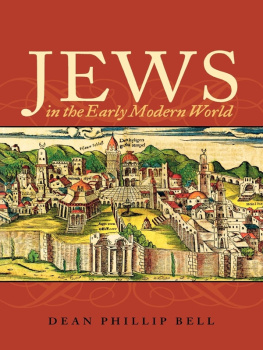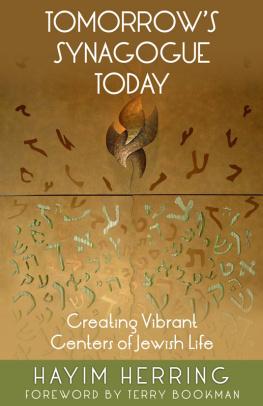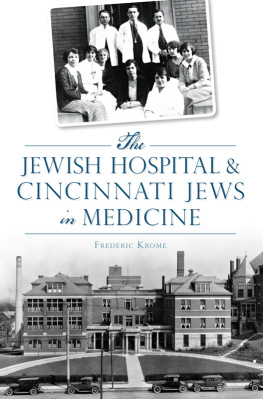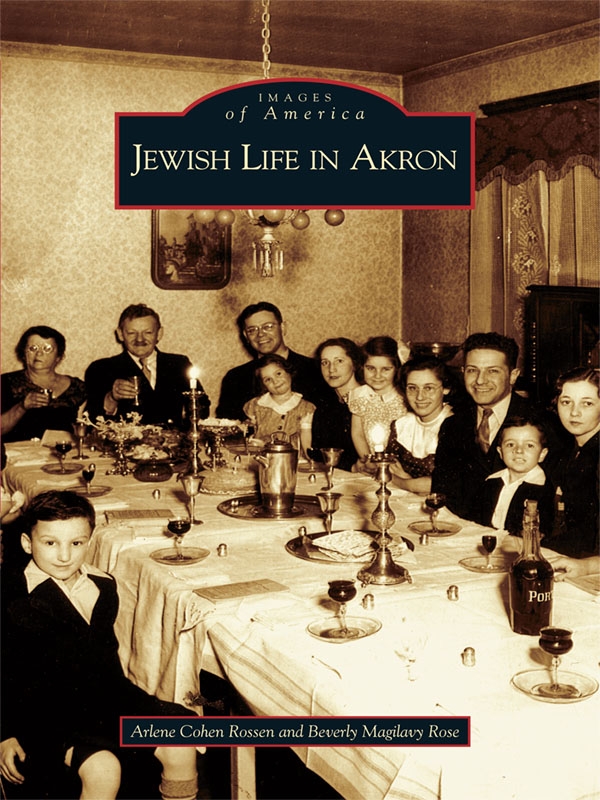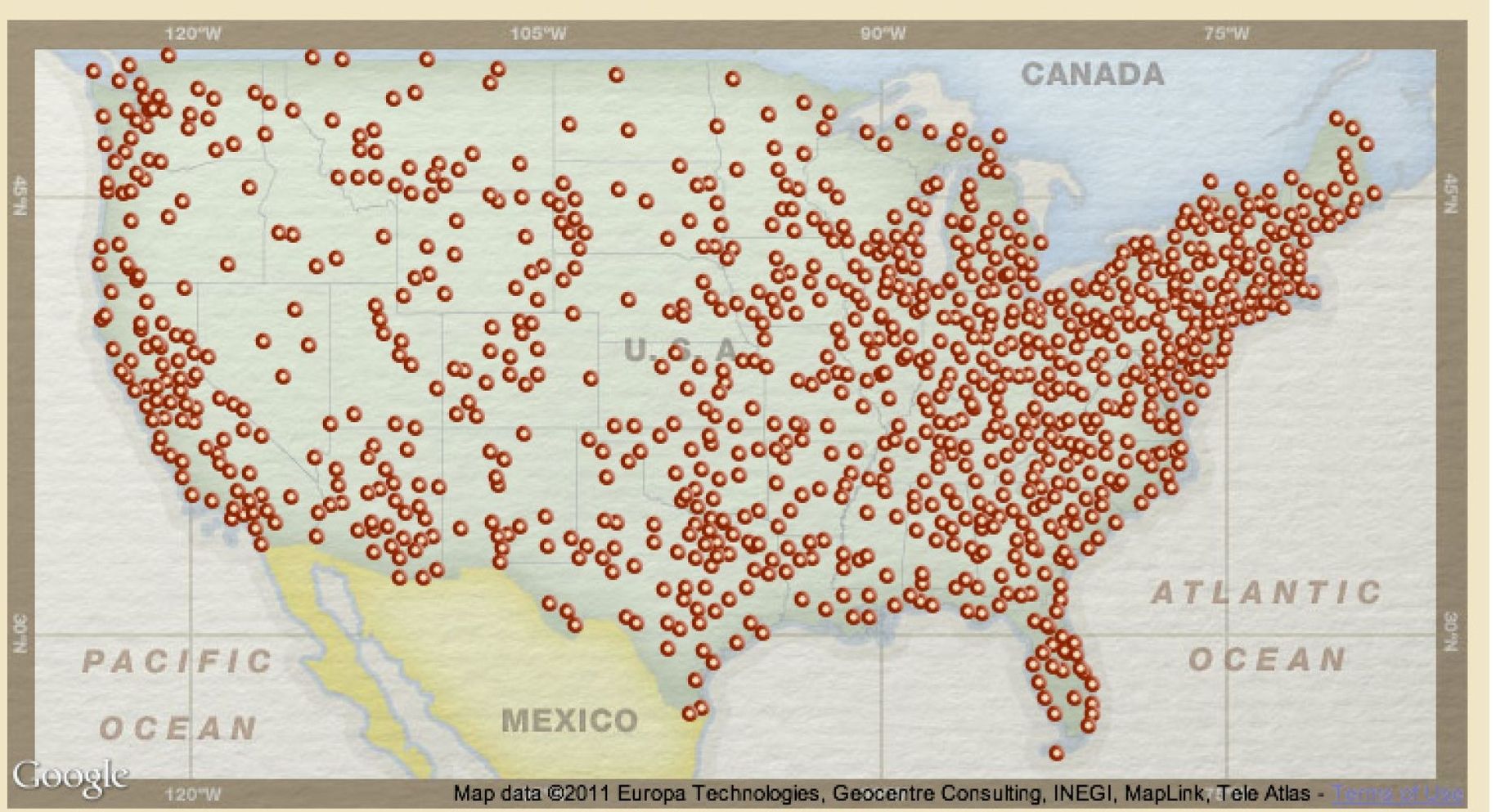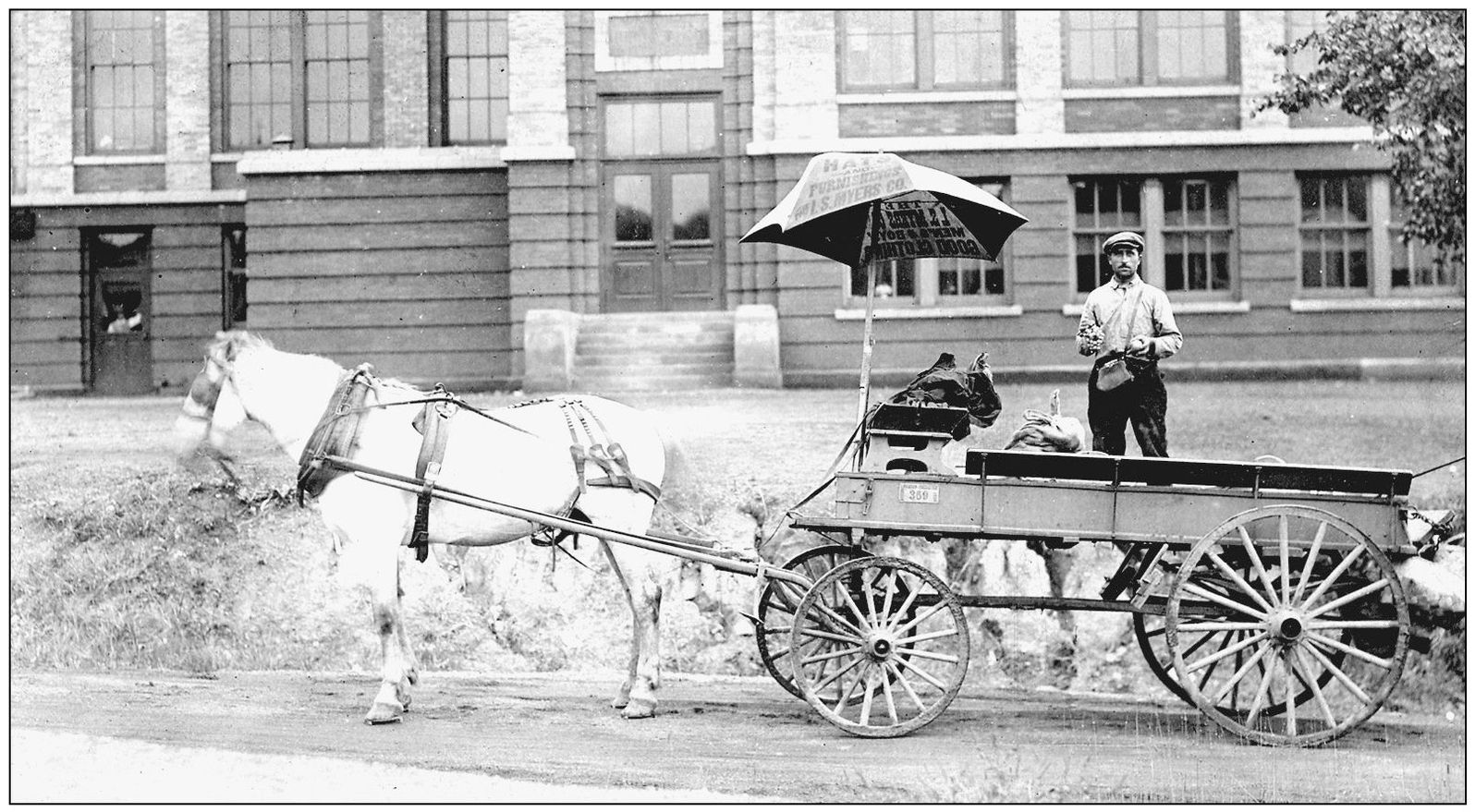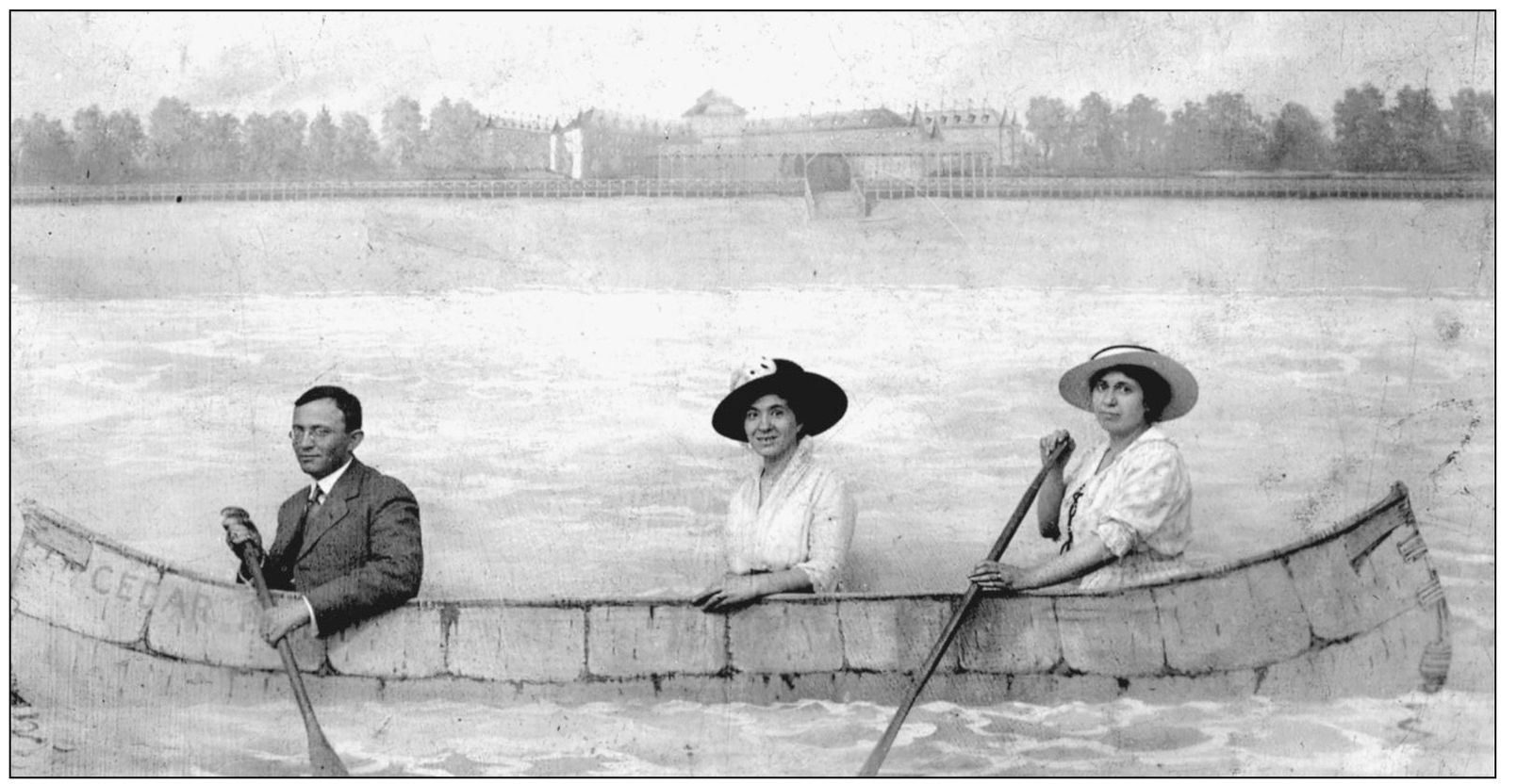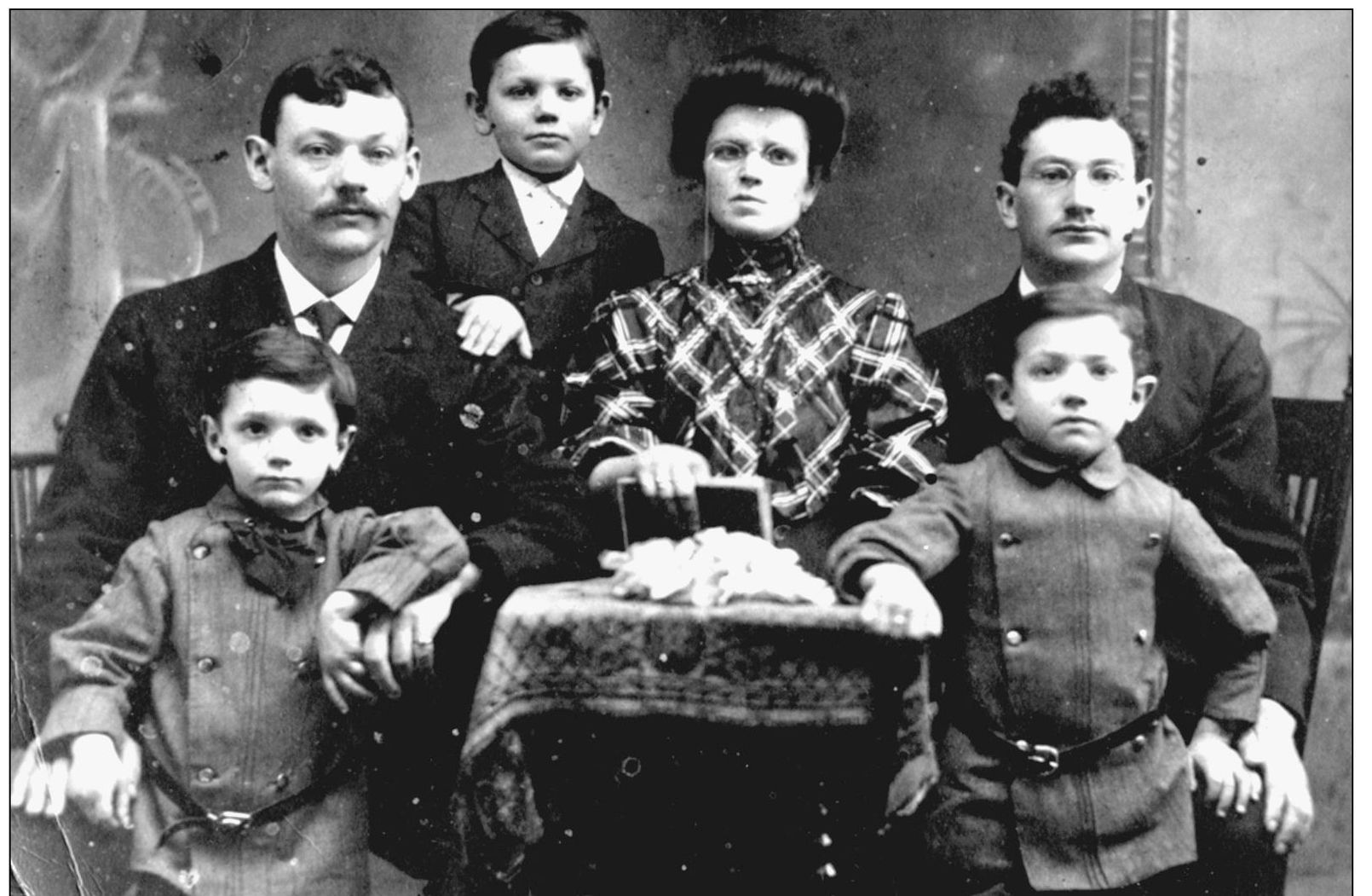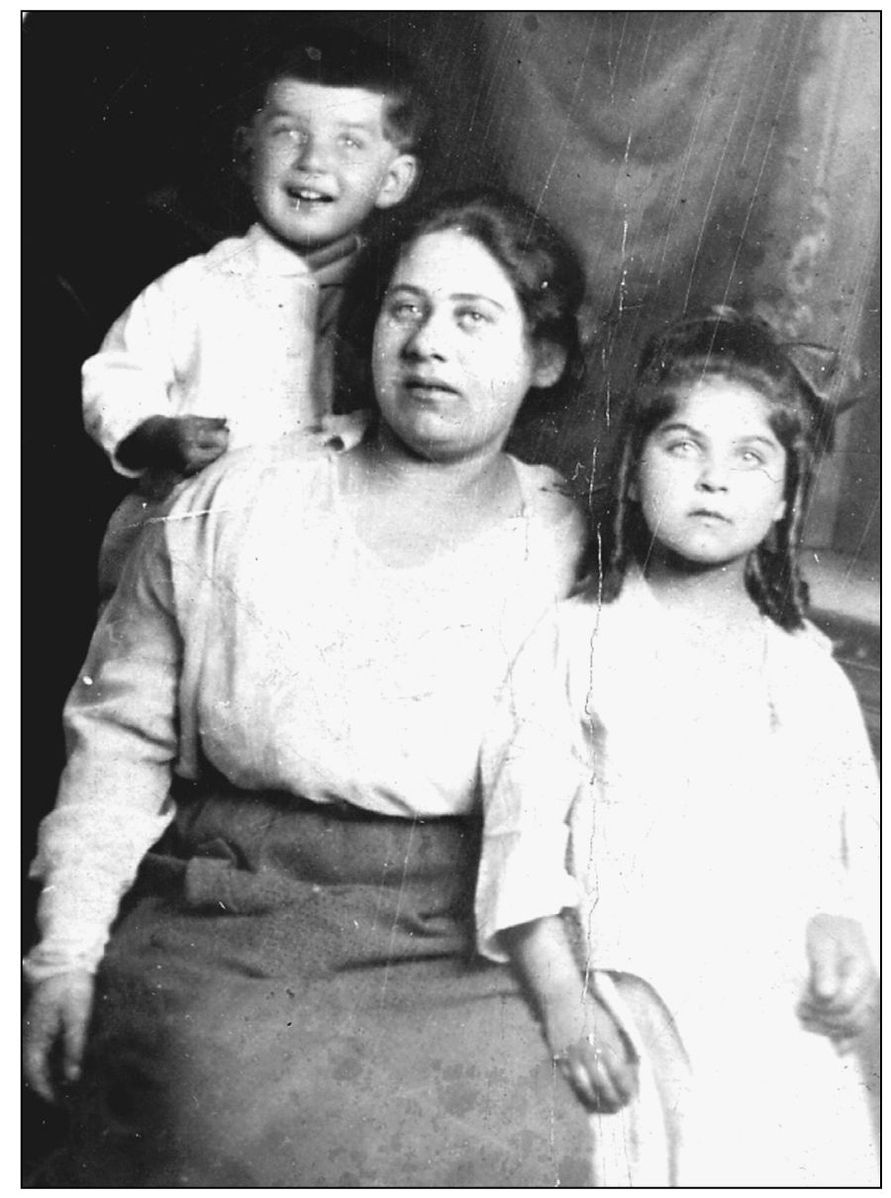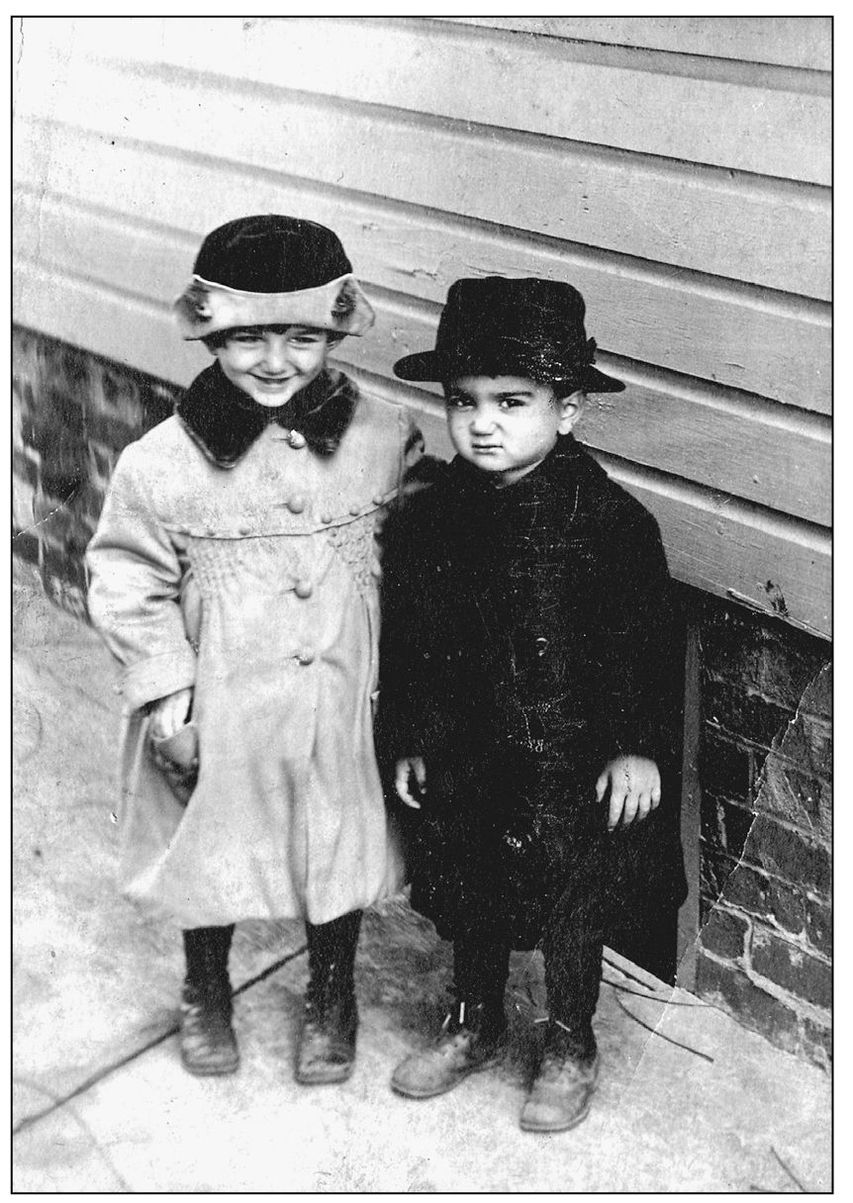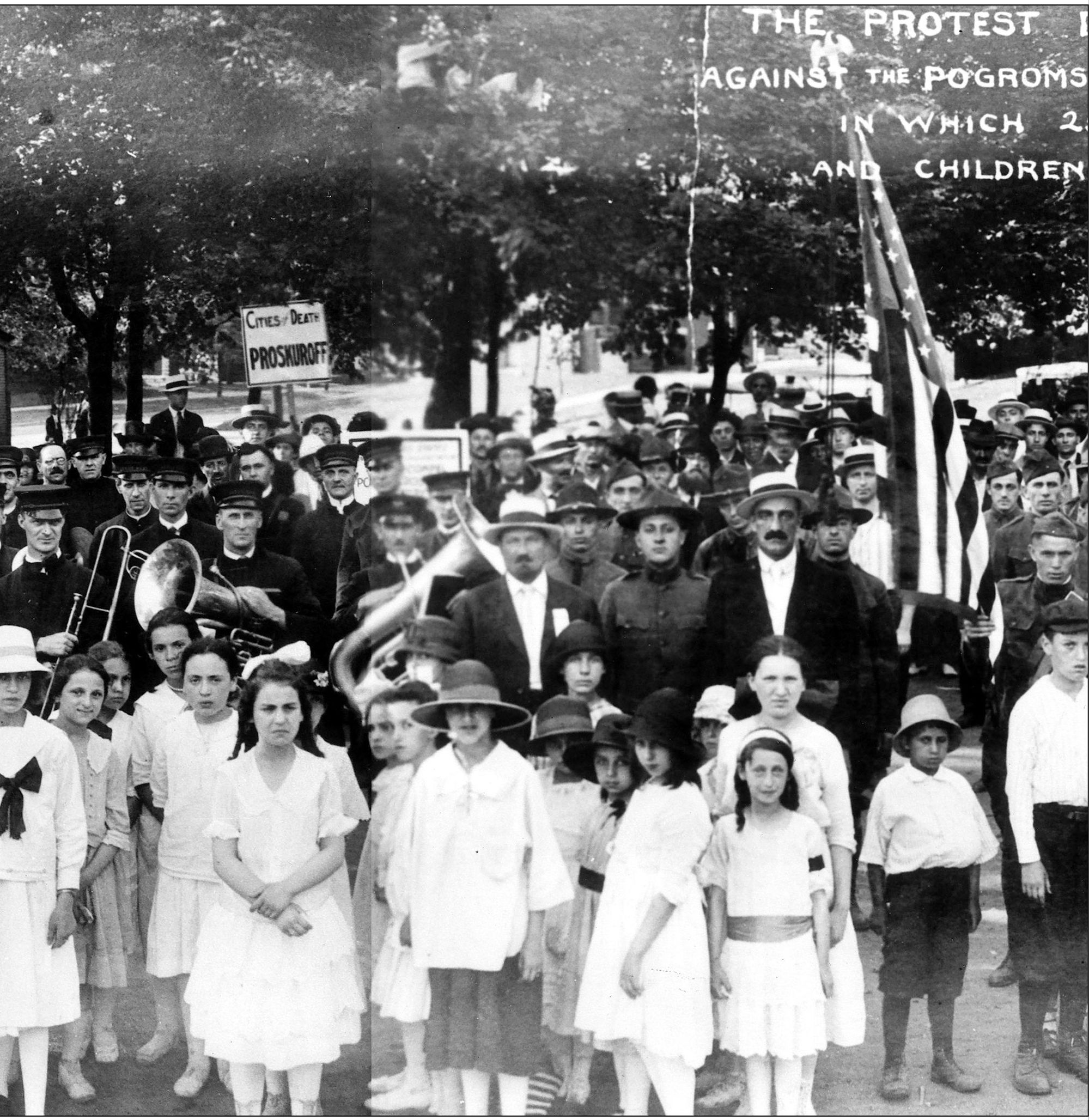ACKNOWLEDGMENTS
As in all major volunteer endeavors, this book was the work of a village. It is difficult to name all who expended enormous amounts of time and energy to complete this text. In the beginning, 32 native Akronites sat around a table to sort old photographs, laugh together, and share old family stories. In some cases, memories were all that remained. The authors realized that the by-product of this effort was a feeling of pride in the accomplishments of the Jewish community over the past 150 years.
We want to recognize Bessie Stile Rothkin for her remarkable memory and gift for storytelling; Jerry Holub for his extensive research; Sandra Levenson, Sylvia Lewis, Mel Mermelstein, Carolyn Narotsky, Esther Posen, Lourie Rapport, Lois Reaven, and Bev Rothal for their determination to find just the right images; Sally Eichner and Gloria Reich for carefully proofreading; and Kyle Verette for her technical expertise and ability to remain calm under pressure. Judy James, director of Special Collections at the Akron-Summit County Public Library, and Steve Paschen, senior archives associate at the University of Akron, were extremely knowledgeable and helpful. Permission was granted by Helga Kaplan to include source material from her 1975 thesis entitled A History of the Akron Jewish Community. Dr. Katherine Endress was the chief cheerleader for the authors, as she encouraged, advised, and shared her expertise. For her help, we are extremely grateful.
The authors extend sincere appreciation to Mike Wise, who gave permission for use of archival photographs. Unless otherwise attributed, photographs are provided courtesy of the Jewish Community Board of Akron.
Special love to Arlenes husband, Dick Rossen, for framing, consulting, and taking great interest in our work. His artistic eye gave us a new perspective.
It is to those who came early on (especially our parents and grandparents), to secure a future for us, our children, and our grandchildren, that we dedicate this book. Most are in Jewish cemeteries throughout Akron, and we know they are taking pride in their achievements.
We also wish to acknowledge the staff of Arcadia Publishing, particularly acquisitions editor Melissa Basilone, for making this book possible.
This book is a project of the Shaw Jewish Community Center and the Akron Celebrates 350/150/75 Committee. Initial funding for the book was donated by the Jewish Identity Development Fund of the Jewish Community Board of Akron. All royalties from the sale of books will be donated to the Jewish community through a fund established by the authors at the Jewish Community Board of Akron.
Find more books like this at
www.imagesofamerica.com
Search for your hometown history, your old
stomping grounds, and even your favorite sports team.
One
NEW BEGINNINGS
It takes a hearty person of mind and spirit to leave the country of his birth and create a new home in a less-developed city among people whose language is foreign. But hearty souls came to Akron in the middle of the 19th century to begin anew. Many had come from Europe to New York City to find the golden shores of the United States. Men left their families in the old country with the idea of earning enough money to bring them to the United States. New York City did not fulfill these dreams. Crowded living conditions and insufficient work made these early immigrants look farther west.
By this time, other Ohio cities, Cleveland and Cincinnati, had become developed enough to support larger populations. Lake Erie in the north and the Ohio River in the south provided economic development opportunities. In the 1830s, businessmen bought the rights to the Ohio and Erie Canal and opened a route between Cleveland and Cincinnati, with Akron as one of the stops. Families already settled in the other Ohio cities wrote to others in New York and indicated that a move to Akron gave opportunity for a better future.
The difficult times continued for many years until immigrants established themselves in business and community. Slowly they sent for their loved ones, and family life resumed. Most photographs and images of the time glorified the lifestyle. Families struggled, but children had lovely clothes and attended public schools.
A good example of this was William Stile, who came to Akron in 1916 to seek work as a carpenter, a trade he learned in Warsaw, Poland. The building trades were in a depressed state at that time, so he sought to earn a living for his large family by peddling groceries from his horse-drawn wagon. In this photograph, Stile stands proudly on his wagon. (Photograph courtesy of Bessie Stile Rothkin, daughter of William Stile.)
In the early part of the 20th century, enjoying the outdoors with your sweetheart was a much more formal affair than it is today. Louis Friedman is chaperoned by his sister-in-law, Julia, while Deborah Hahn, his fiance, steers the canoe at Summit Lake in 1915. (Photograph courtesy of the Hahn family.)
Brothers Charlie and Morris Sacks, with their father, Henry Sacks, and Bernard Mack, established the Sacks Electric Company. This formal Sacks family portrait, taken in the early 20th century, pictures, from left to right, Sol, Henry, Morris, Helen, Helens brother (name unknown), and Charlie. (Photograph courtesy of the Sacks family.)
Rae Eichner came to Akron as a young girl. She worked hard to learn English. She lived in Akron until her death at age 92. She remembered the streetcars, the horse and buggy trips, and the cow pastures on Sherbondy Hill. She remembered shopping on Wooster Avenue, lunch at the Georgian Room of ONeils, and Kazdins Delicatessen. In this 1920 photograph, Rae stands proudly with her son Sidney and daughter Lillian. (Photograph courtesy of the Eichner family.)
Leona Magilavy and her younger brother, Jack, pose in front of their Clark Street home in the early 1920s. Jacks scowl reflects his unhappiness at being forced to wear the hat that his cat had earlier used as a litter box. (Photograph courtesy of Nachelle Whitlow.)
Polish immigrants in Akron join a protest against the ghettos and pogroms of Poland between I





